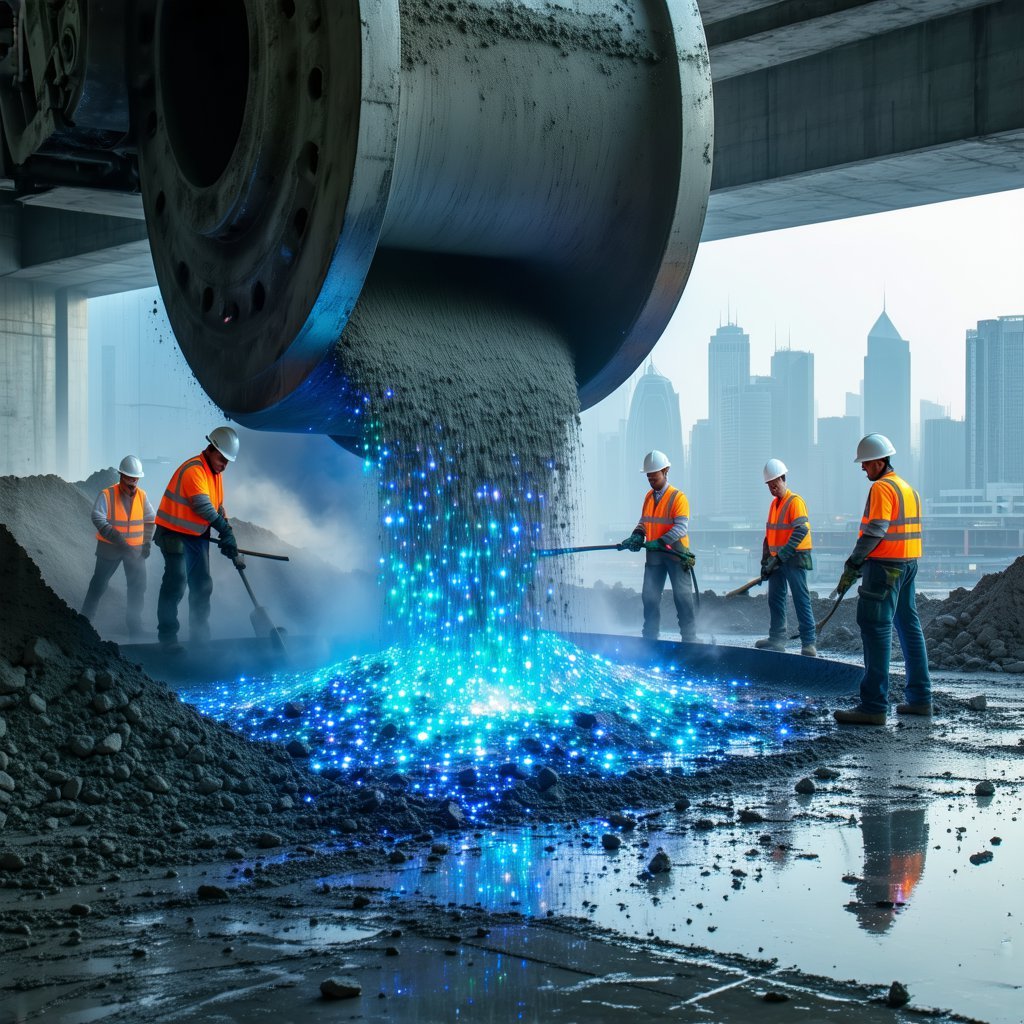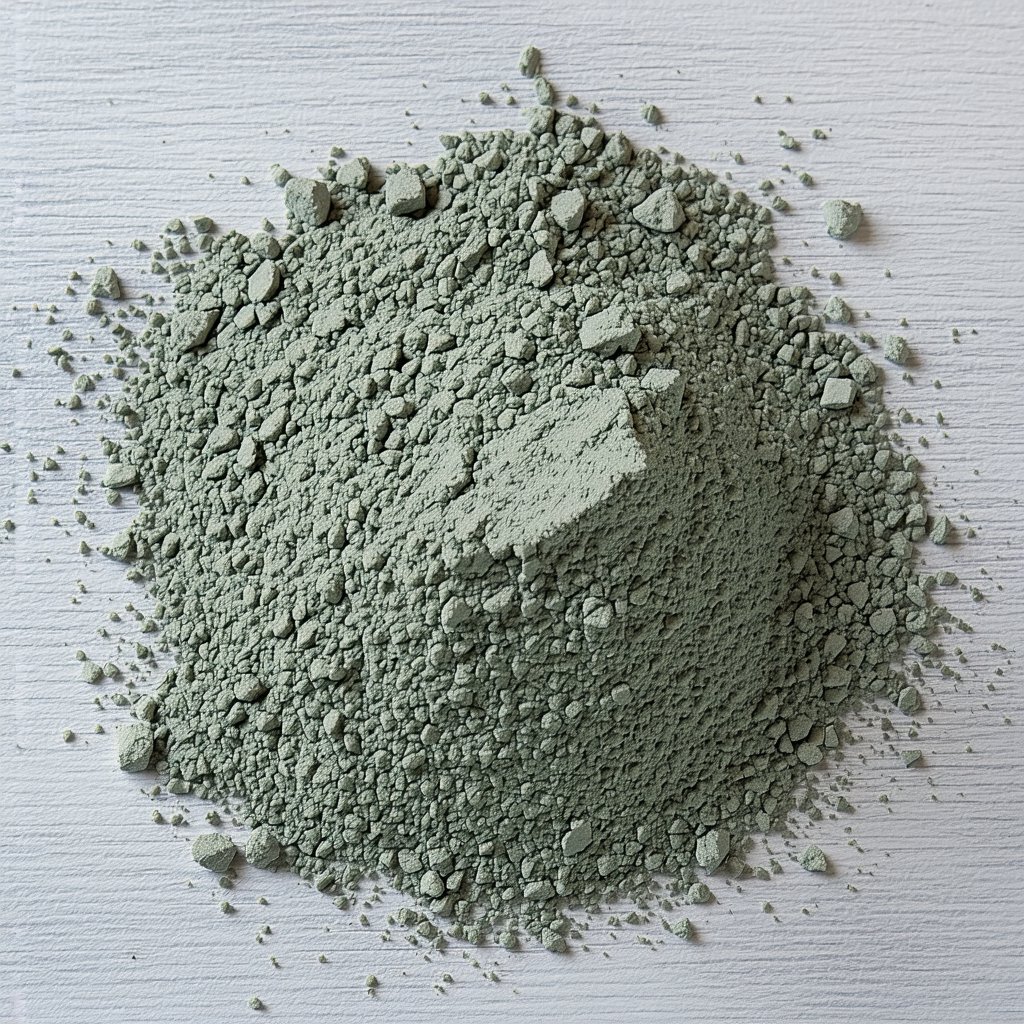You’re planning a construction project, but regular concrete won’t meet your requirements. What magic ingredient gives concrete superpowers? Let’s explore how admixtures create concrete tailored to your needs.
Concrete admixtures are specialized chemicals added during mixing to enhance specific properties like strength, durability, or workability. They enable customized concrete solutions for different climate conditions, construction timelines, and structural requirements.

While admixtures1 might seem like modern innovations, their strategic use dates back to ancient Roman constructions2. But how exactly do these formulas work in today’s building projects? Let’s break down the essentials.
What Are the Most Commonly Used Admixtures in Concrete?
With over 20 major admixture types available, choosing the right formula feels overwhelming. Let’s examine the four workhorses of the concrete world.
The most widely used concrete admixtures include water reducers (plasticizers), air-entraining agents, accelerating admixtures, and retarders. Each type addresses specific challenges in pouring, curing, and long-term performance.

Critical Comparison: Admixture Selection Guide
| Admixture Type | Primary Function | Best For | Dosage Range | Key Benefit |
|---|---|---|---|---|
| Superplasticizers | Increase flowability | High-rise pumping | 0.5-3% | Reduces water by 15-30% |
| Air-Entrainers | Freeze-thaw resistance | Cold climate construction | 0.001-0.1% | Creates microscopic bubbles |
| Accelerators | Faster setting time | Winter concrete work | 1-3% | Cuts curing time by 50% |
| Retarders | Delay hardening | Large pours in hot climates | 0.05-0.3% | Extends workability window |
At Dongke Group, we’ve found that developing countries’ contractors often combine accelerators with plasticizers to balance fast curing and pumping requirements. However, chemical compatibility testing becomes crucial – some accelerator-retarder combinations can create unexpected reactions.
What’s the Difference Between Mixture and Admixture?
These terms sound similar but serve different roles in concrete production. Confusing them could lead to disastrous material choices.
The concrete mixture refers to the base combination of cement, aggregates, and water. Admixtures are additional components (<5% of total weight) specifically added to modify the mixture’s properties before pouring.

Composition Analysis
| Component | Role | Typical Percentage |
|---|---|---|
| Cement | Binding agent | 10-15% |
| Aggregates | Structural filler | 60-75% |
| Water | Hydration catalyst | 14-21% |
| Admixtures | Performance enhancer | 0.2-5% |
From our production experience, developing market customers often request pre-blended mixtures with built-in admixtures to simplify on-site operations. However, this requires precise quality control during transportation to prevent premature activation of chemical components.
Which is the Best Admixture for Concrete?
There’s no universal "best" admixture – effectiveness depends on your project’s climate, timeline, and structural demands.
The optimal admixture choice balances six factors: local temperature ranges, transportation time from plant to site, curing method, load-bearing requirements, budget constraints, and available application equipment.

Decision Matrix for Tropical vs Arctic Projects
| Factor | Tropical Climate Solution | Arctic Climate Solution |
|---|---|---|
| Workability | Retarders + Plasticizers | Accelerators + Air Entrainers |
| Curing Speed | Slow-setting formulas | Fast-track hardening agents |
| Durability Focus | Anti-corrosion additives | Freeze-thaw protectants |
| Common Pitfall | Over-retardation in humidity | Premature stiffening |
We’ve helped Brazilian clients achieve 30% faster completion times using polycarboxylate-based superplasticizers with targeted retarders. However, improper dosing remains a common issue – our technical team always insists on onsite viscosity testing before full-scale application.
What’s the Difference Between Additive and Admixture?
These terms are often used interchangeably, but technical specifications make a crucial distinction.
Additives are blended with cement during manufacturing, becoming integral to the powder. Admixtures are added during concrete mixing, offering last-minute adjustments to the wet mixture’s behavior.

Application Timeline Comparison
| Stage | Additives | Admixtures |
|---|---|---|
| Incorporation Point | Cement production facility | Concrete mixing plant |
| Modification Level | Cement chemistry | Concrete rheology |
| Common Examples | Gypsum (setting time) | Superplasticizers |
| Certification | EN 197-1 | ASTM C494/C1017 |
From our export experience, importers from developing markets frequently encounter counterfeit additives that claim to replace proper admixtures. We combat this through batch-specific chemical fingerprinting and real-time production video verification.
Conclusion
Selecting the appropriate concrete admixture requires understanding your project’s technical demands and environmental conditions. Partnering with certified suppliers ensures you get precisely formulated solutions – not just generic chemicals.

